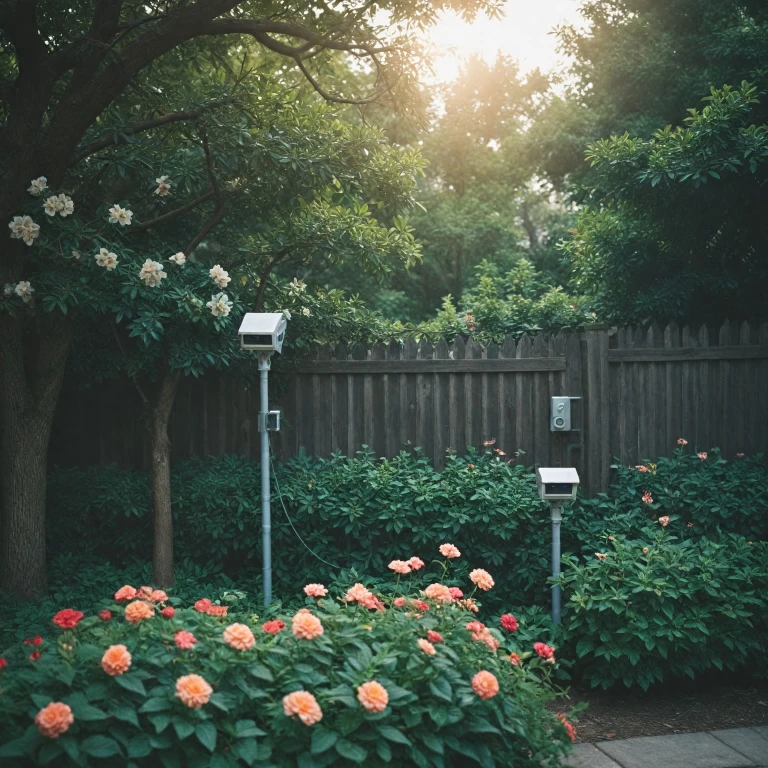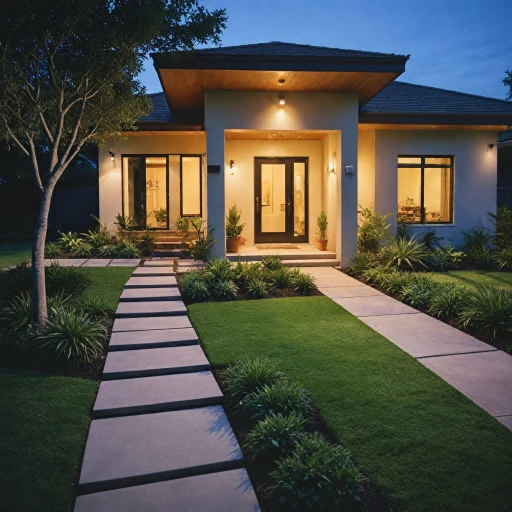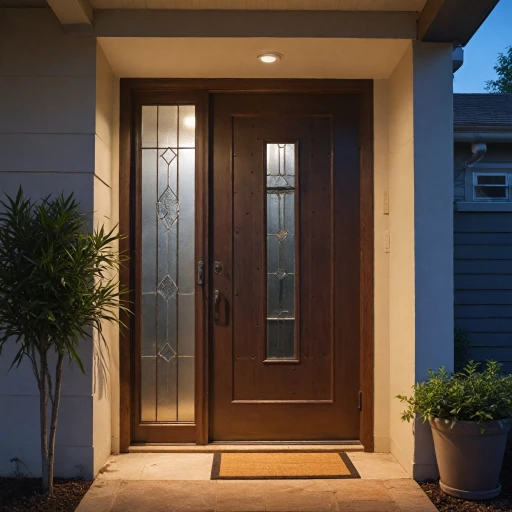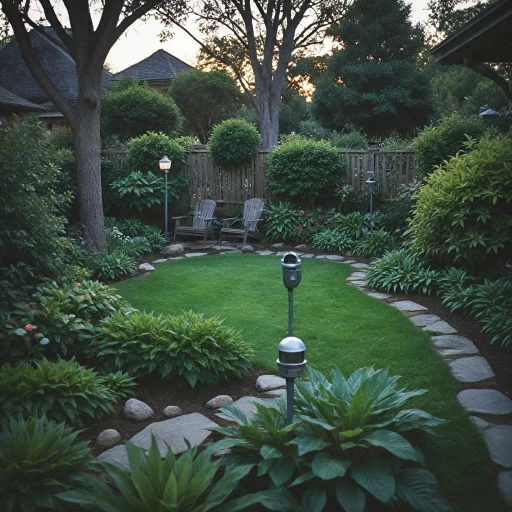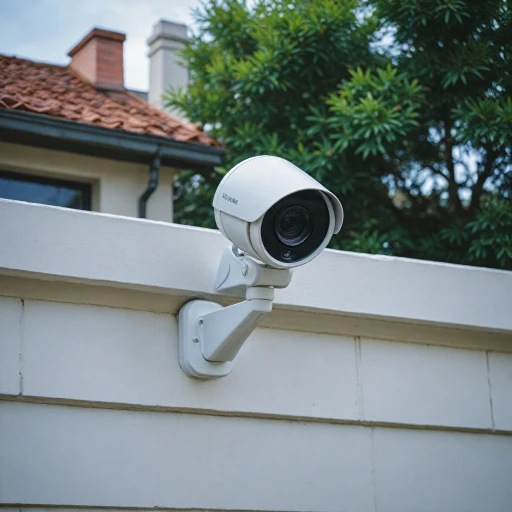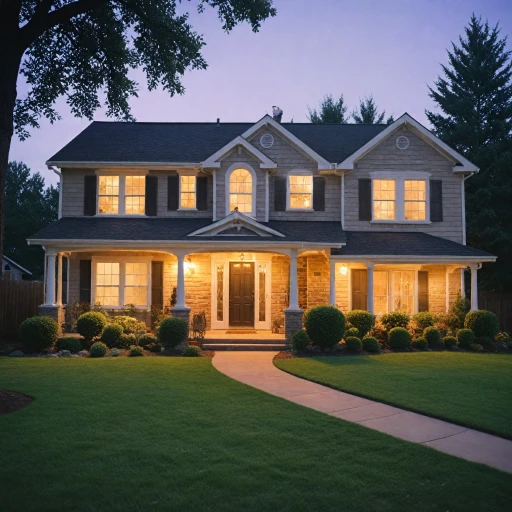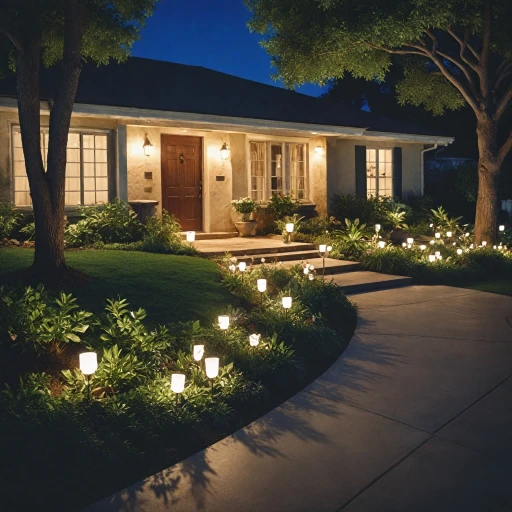Understanding the Importance of Ethernet Cables in Security Systems
The Role of Ethernet Cables in Enhancing Security Systems
Understanding the importance of selecting the right ethernet cable for your home security camera system is crucial. Ethernet cables provide a reliable and stable connection for transmitting data from outdoor security cameras to your network. Utilizing high-quality cables ensures efficient communication, which is essential for maintaining consistent video feeds and accessing real-time surveillance data. When considering network options, things like cable type and shielding become important. This allows you to optimize your system's performance. Direct burial outdoor ethernet cables, for instance, are designed to withstand harsh environmental conditions, while cat cables offer varied data transfer speeds and bandwidth capabilities. If you're weighing the benefits of floodlight security systems versus traditional cameras, understanding the role of ethernet cables is particularly important. Read more about whether you need floodlight security to assess your needs thoroughly. Using ethernet cables can help in achieving broader coverage and better video quality by supporting a higher amount of data transfer than Wi-Fi connections. This ensures your security feed remains uninterrupted, providing peace of mind and utmost security for your property.Key Features of Outdoor Ethernet Cables
Essential Characteristics for Reliable Connections
When selecting an outdoor ethernet cable for your home security camera system, there are certain key features to consider ensuring durability and performance. First, it's crucial to choose cables that are direct burial rated or equipped for external use. This means they are designed to withstand environmental elements such as moisture, dirt, and extreme temperatures, safeguarding your connection stability.
A preferred choice for outdoor cable installations is the cat cables. These cables vary in their specifications, with Cat cables like Cat6 and Cat6a offering enhanced data transfer speeds and reliability over previous generations. Selecting a cable cat with a higher bandwidth in MHz can be beneficial, as this contributes to better signal quality and performance across longer distances.
Using a solid copper conductor instead of a bare copper or copper-clad alternative can also improve signal integrity by reducing resistance within the wiring. The American Wire Gauge, or awg, plays a pivotal role here. A lower AWG number signifies thicker, more robust wires that can carry signals more effectively, ideal for network cables in security applications.
When it comes to construction, shielded cables may be preferable in areas with potential interference. These cables can protect your network cable from electromagnetic interference, ensuring your cameras transmit clear, uninterrupted view feeds. Using UTP, or unshielded twisted pair, solid wire in less interference-prone areas offers a cost-effective solution.
Outdoor cables must also possess a robust external jacket. Opt for a waterproof, UV-resistant coating to prevent degradation from sun exposure or water infiltration. The exterior coloring, such as black or other earth tones, aids in discreet installation and blends with natural surroundings, reducing visual impact.
To gather more insights on how discreet setups can enhance your security system’s performance, consider reading this guide on leveraging outdoor microphones for added security assurance. Implementing these features into your setup ensures your home security system remains resilient and operational in any condition.
Comparing Ethernet Cable Categories
Deciphering Ethernet Cable Types for Outdoor Use
When planning to set up your home security camera system, understanding the various categories and features of Ethernet cables is essential. The commonly used cable categories, often referred to as cat cables, are critical when choosing an outdoor network cable to meet your specific needs. Let's explore the distinctions between them:
- Category 5e (Cat 5e): This is a widely used option for home networks. It supports speeds up to 1 Gbps at 100 MHz, making it sufficient for many household needs. However, for long-distance or more demanding network applications, you might want to consider other options.
- Category 6 (Cat 6): Offering enhancements over Cat 5e, the Cat 6 cable supports speeds up to 10 Gbps at 250 MHz for short distances. It’s often regarded as a solid choice for future-proofing your network, especially in densely connected environments.
- Category 6a (Cat 6a): Building on the Cat 6, the Cat 6a can support 10 Gbps over a longer distance at 500 MHz. This makes it a strong contender for more intensive setups or larger homes.
- Category 7 (Cat 7): With speeds up to 10 Gbps at 600 MHz, Cat 7 cables are shielded to reduce interference. They are often used in professional settings but can be advantageous in home setups requiring particularly extensive coverage with minimal signal loss.
The materials and construction of these cables are important considerations. For outdoor applications, opting for a shielded or UTP outdoor cable ensures better performance. Direct burial cables are designed to withstand environmental pressures such as moisture and dirt, serving as reliable connections for your outdoor security cameras.
Moreover, focusing on the AWG rating (American Wire Gauge) can impact efficiency. Lower AWG values indicate thicker wires, which can carry signals more efficiently over long distances.
When installing outdoor Ethernet cables, consider using solid copper cables over bare copper, as they tend to be more durable and conduct signals more effectively. Additionally, choosing cables with black sheathing might add an aesthetic touch by blending into their surroundings while providing high visibility in low light, ensuring enhanced security.
Considering your specific needs and the environment, the right choice of Ethernet cable will ensure a robust, future-proof home security system.
Installation Tips for Outdoor Ethernet Cables
Steps for a Seamless Installation
Setting up outdoor Ethernet cables for your home security system can initially seem daunting, but a methodical approach ensures a smooth installation process. By keeping some essential tips in mind, you can safeguard your network and maintain the integrity of your cables.
Evaluate Your Environment
The environment where you are installing the cables plays a crucial role in determining the type of cable required. Opt for outdoor-rated or direct burial cables if your installation involves exposure to the elements. These are typically offered in solid copper or bare copper forms, ensuring resistance against environmental factors.
Choosing Shielded vs. UTP
The choice between shielded and UTP (Unshielded Twisted Pair) cables depends on the interference levels at your installation site. Shielded cables are better suited for areas with high electromagnetic interference, whereas UTP cables work well in locations with minimal interference.
Ensuring Proper Cable Selection
Pick the right category of Ethernet cable – Cat5e, Cat6, or Cat6a – based on your performance expectations and future-proofing needs. Higher category cables offer greater performance and bandwidth. For instance, a Cat6 cable can provide a performance of up to 250 MHz and support faster speeds than a lower category cable.
Preparing the Installation Path
Lay out the intended path for your cable, ensuring minimal bends and twists, which can degrade performance. Use cable clips or zip-ties to secure the cable, avoiding any pressure that might damage the sheath. It's advisable to dig shallow trenches if using direct burial cables and not installing them directly on the ground.
Sample Cable Management
- Bulk Ethernet: Ensure your cables are organized, reducing clutter and making maintenance easier.
- Cable Color Coding: Using distinct colors like cable black for easier quick view identification can enhance management.
Common Pitfalls to Avoid
Avoid kinks or physical stress on the cables during installation, as they can lead to data loss or reduced performance. If your cable run exceeds the standard length (100 meters for most Ethernet cables), consider installing network switches to amplify signal strength. Also, always use connectors and components rated for outdoor use to ensure a long-lasting network installation.
Troubleshooting Common Issues with Outdoor Ethernet Cables
Identifying Common Connection Issues
When setting up your home security system, encountering issues with your outdoor Ethernet cables can be frustrating. One common problem is poor connectivity, often due to improper installation or damage to the cable. Ensure that your cat Ethernet cables are securely connected to both your camera and network devices. If you're using direct burial cables, check for any signs of wear or damage that could affect performance.
Dealing with Signal Interference
Signal interference can disrupt the performance of your network cable. If you notice a drop in quality or intermittent connectivity, it could be due to electromagnetic interference. Consider using shielded cables, which are designed to minimize this issue. Additionally, ensure that your cables are not running parallel to power lines, as this can exacerbate interference.
Addressing Weather-Related Challenges
Outdoor environments can be harsh on cables. If your outdoor Ethernet cables are exposed to the elements, ensure they are waterproof and rated for outdoor use. Solid copper cables are often more durable and reliable in these conditions. Regularly inspect your cable cat for any signs of wear, such as cracking or discoloration, which could indicate water ingress.
Checking Compatibility and Specifications
Compatibility issues can arise if the cables do not meet the specifications required by your devices. Ensure that your cat cables match the speed and bandwidth requirements of your network. For instance, a cat 6 cable can support higher speeds and is suitable for most home security systems. Also, check the awg rating, as a lower number indicates a thicker, more robust cable.
Maintaining Your Ethernet Cables
Regular maintenance can prevent many common issues. Periodically check your bulk Ethernet cables for physical damage and ensure that all connections are secure. If you notice any persistent issues, it might be worth investing in bulk cables to have replacements on hand. Keeping your system in optimal condition will help ensure the reliability of your home security setup.
Future-Proofing Your Home Security System
Ensuring Longevity and Adaptability for Future Needs
Investing in quality outdoor ethernet cables today can safeguard your home security system against the demands of future technological advancements. As video surveillance and camera resolutions continue to improve, so does the data throughput required. Choosing the right ethernet cable is crucial to ensure your system remains efficient and effective over the years.
Opt for shielded cat cables with a higher MHz rating. These provide improved bandwidth, essential for video data transfer, and are designed to minimize electromagnetic interference. For instance, CAT6a rated cables are an excellent consideration as they offer enhanced performance and are backward compatible with older systems.
Cables like direct burial cat cables not only provide durability with their waterproof and solid copper construction but also ensure stability in various environments. This makes them ideal for outdoor bulk installations that require longevity without constant maintenance.
When planning your network setup, consider using a mix of UTP outdoor cables and shielded black cables based on your environmental needs, ensuring each connection is optimized for both current and future usage. Additionally, the use of solid awg cables enhances the signal integrity, granting better view clarity through your security system.
To conclude, future-proofing involves selecting the right bulk ethernet options while ensuring compatibility with upcoming technology trends. The choices you make today in your network's infrastructure, such as selecting high-quality bare copper cables, play a significant role in how easily your security system can adapt to future upgrades and innovations.
